-
 bitcoin
bitcoin $112715.707551 USD
-1.71% -
 ethereum
ethereum $4101.475385 USD
-3.01% -
 tether
tether $1.000644 USD
-0.02% -
 bnb
bnb $1207.619465 USD
-6.77% -
 xrp
xrp $2.501451 USD
-3.98% -
 solana
solana $202.947124 USD
-3.32% -
 usd-coin
usd-coin $1.000295 USD
0.04% -
 dogecoin
dogecoin $0.203884 USD
-4.47% -
 tron
tron $0.317154 USD
-1.72% -
 cardano
cardano $0.695009 USD
-4.43% -
 hyperliquid
hyperliquid $38.853961 USD
-8.23% -
 chainlink
chainlink $18.988674 USD
-4.64% -
 ethena-usde
ethena-usde $1.000233 USD
-0.03% -
 stellar
stellar $0.337050 USD
-3.63% -
 bitcoin-cash
bitcoin-cash $536.861728 USD
-1.28%
What is a fair price basis for SOL contracts?
DeFi platforms on Solana ensure fair SOL pricing via decentralized oracles, multi-source aggregation, and time-weighted averages to resist manipulation and volatility.
Oct 11, 2025 at 06:36 am
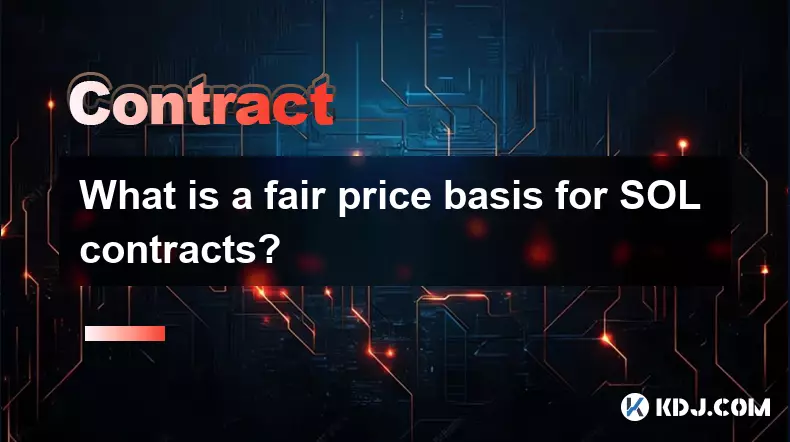
Fair Price Mechanism in SOL Contracts
1. The fair price for Solana (SOL) contracts is primarily determined by decentralized oracles that aggregate data from multiple exchanges. These oracles pull time-weighted average prices (TWAPs) to reduce the risk of manipulation during periods of high volatility. By referencing a broad set of trading venues, the system ensures that pricing reflects true market consensus rather than isolated spikes or anomalies.
2. Unlike centralized platforms that rely on single-source pricing, DeFi protocols on Solana use multi-source feeds to calculate fair value. This includes major exchanges such as FTX (historically), Binance, and decentralized exchanges like Raydium and Orca. Aggregating across these sources minimizes slippage and prevents flash loan attacks that could distort temporary prices.
3. Fair price also accounts for latency and network congestion. Since Solana operates with high throughput and low fees, price updates can occur more frequently without bloating transaction costs. This allows smart contracts to access near real-time valuations while maintaining economic efficiency across lending, borrowing, and derivatives platforms.
4. Some protocols implement circuit breakers or price deviation thresholds. If the current market price diverges beyond a predefined percentage from the oracle’s reported value, certain functions—like liquidations or large withdrawals—are paused until alignment is restored. This protects users from abrupt depegs or exploit attempts.
5. Tokenized assets representing SOL, such as staked SOL (stSOL) or leveraged tokens, require additional layers of valuation logic. Their fair price depends not only on SOL’s spot value but also on accrued yield, delegation status, and protocol-specific incentives. Contracts must adjust accordingly to reflect underlying asset health.
Role of Oracles in Determining Value
1. Oracles serve as the bridge between off-chain market data and on-chain execution. In Solana’s ecosystem, projects like Pyth Network and Switchboard provide high-frequency, low-latency price feeds tailored for performance-sensitive applications. These networks are incentivized through token rewards and reputation systems to deliver accurate information.
2. Pyth, in particular, pulls data directly from first-party sources including exchanges and market makers. This direct integration reduces reliance on secondary aggregators and lowers the chance of stale or falsified inputs. Prices are pushed to Solana’s ledger every few hundred milliseconds, enabling precise contract behavior.
3. Oracle selection varies by application risk profile. Lending platforms may prioritize stability and use longer TWAP windows, while perp DEXs might favor responsiveness with shorter observation periods. Each project configures its oracle stack based on trade-offs between speed, accuracy, and security.
4. Redundancy is built into critical systems. Multiple oracle providers feed into core protocols so that if one fails or reports an outlier, others can maintain continuity. Discrepancies trigger alerts and fallback mechanisms, preserving operational integrity even under stress conditions.
5. Oracle governance plays a crucial role: upgrades, source additions, or parameter changes often require community voting or multisig approvals to prevent unilateral control over pricing infrastructure.
Impact of Volatility and Arbitrage
1. High volatility challenges the definition of “fair” price, especially during macroeconomic shocks or exchange outages. During such events, arbitrageurs step in to align prices across markets, effectively enforcing equilibrium through profit-driven trades executed via bots and MEV strategies.
2. Arbitrage activity on Solana is accelerated by low transaction fees and fast finality. Traders can rebalance imbalances between DEX pools and CEX listings within seconds, narrowing spreads and reinforcing price consistency across venues. This organic correction mechanism supports fair valuation in practice.
3. Impermanent loss in AMM pools affects how liquidity providers perceive fair value. When SOL’s price shifts rapidly, pool compositions skew, leading to divergences from index values. Contracts relying on LP shares must factor in this distortion when assessing collateral or rewards.
4. Flash loans, though less common on Solana due to architectural constraints, still pose theoretical risks. Protocols mitigate this by using time-delayed price checks or requiring minimum confirmation intervals before executing sensitive operations.
5. Market depth and order book health directly influence what constitutes a fair executable price; thin markets may show large bid-ask gaps, making mid-point calculations misleading without volume weighting.
Protocol-Specific Adjustments
1. Lending platforms like Kamino and Solend apply haircut models to SOL when used as collateral. Even if the oracle reports a market rate, the effective borrowing power may be reduced by 10–20% to account for potential drawdowns, creating a buffer zone below the nominal fair price.
2. Perpetual futures protocols such as Drift use mark and index pricing differently. The index price, sourced from oracles, determines funding rates and liquidation triggers, while the mark price reflects actual traded levels. Discrepancies between them signal temporary mispricing corrected through incentive mechanisms.
3. Yield-bearing versions of SOL, like jitoSOL, introduce complexity. Their fair price should theoretically equal base SOL plus expected staking yield minus slashing risk and illiquidity discount. Smart contracts must dynamically update these components to avoid overcollateralization errors.
4. Cross-chain wrapped variants of SOL (e.g., wSOL on Ethereum) depend on bridged liquidity and redemption mechanics. Their fair price ties back to native SOL but includes premiums or discounts based on bridge reliability, withdrawal queues, and demand imbalances.
5. Governance tokens tied to SOL-based protocols often derive valuation benchmarks from SOL’s price trajectory, altering incentive structures when base asset volatility increases.
How do DeFi platforms prevent oracle manipulation?
DeFi platforms combine multiple oracle providers, use time-weighted averages, enforce deviation limits, and require confirmation from decentralized node operators. Economic penalties and slashing mechanisms deter bad actors from submitting false data.
Can SOL’s price differ across DEXs on Solana?
Minor discrepancies occur due to varying fees, slippage tolerances, and pool depths. However, active arbitrage quickly eliminates meaningful differences, ensuring convergence toward a unified market price within seconds.
What happens when an oracle fails to update?
Protocols typically freeze sensitive functions like borrowing or liquidations. They may fall back to alternative data sources or last-known-good prices, preventing exploitation during downtime while maintaining safety margins.
Do stablecoins affect SOL’s fair price calculation?
Stablecoins act as pricing intermediaries but don’t directly alter SOL’s fair value. Instead, they provide reference pairs (e.g., SOL/USDC) that oracles use to compute USD-denominated rates. Depegging events in stablecoins can temporarily distort these readings until corrected.
Disclaimer:info@kdj.com
The information provided is not trading advice. kdj.com does not assume any responsibility for any investments made based on the information provided in this article. Cryptocurrencies are highly volatile and it is highly recommended that you invest with caution after thorough research!
If you believe that the content used on this website infringes your copyright, please contact us immediately (info@kdj.com) and we will delete it promptly.
- MEXC's Explosive Growth: Trading Volume and Token Gains in Focus
- 2025-10-15 18:25:16
- Pudgy Penguins Price Prediction: Bull Flag Hints at Breakout!
- 2025-10-15 18:45:14
- GateToken Q3 2025 Onchain Destruction: Deflationary Strategy in Action
- 2025-10-15 18:45:14
- Chainlink (LINK): Super Bullish Signals Amidst Institutional Adoption
- 2025-10-15 18:25:16
- Arbitrum (ARB) Comeback: Is a Price Surge on the Horizon?
- 2025-10-15 19:05:12
- Coinbase's India Crypto Play: A Bullish Bet on CoinDCX and the Future of Digital Assets
- 2025-10-15 18:30:01
Related knowledge

How to calculate the ROI for Ethereum contracts?
Oct 09,2025 at 04:36pm
Understanding Ethereum Contract ROI Basics1. Return on Investment (ROI) for Ethereum contracts begins with tracking the initial capital deployed into ...

How to find arbitrage opportunities between different Bitcoin contracts?
Oct 14,2025 at 11:18pm
Finding Arbitrage Opportunities in Bitcoin Futures Markets1. Monitor price discrepancies across exchanges offering Bitcoin futures contracts. Differen...
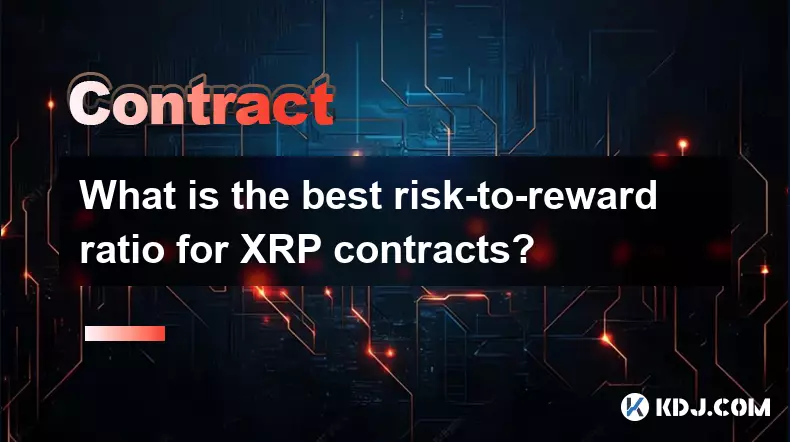
What is the best risk-to-reward ratio for XRP contracts?
Oct 11,2025 at 04:18am
Understanding Risk-to-Reward in XRP Futures Trading1. The risk-to-reward ratio is a fundamental metric used by traders to evaluate the potential profi...
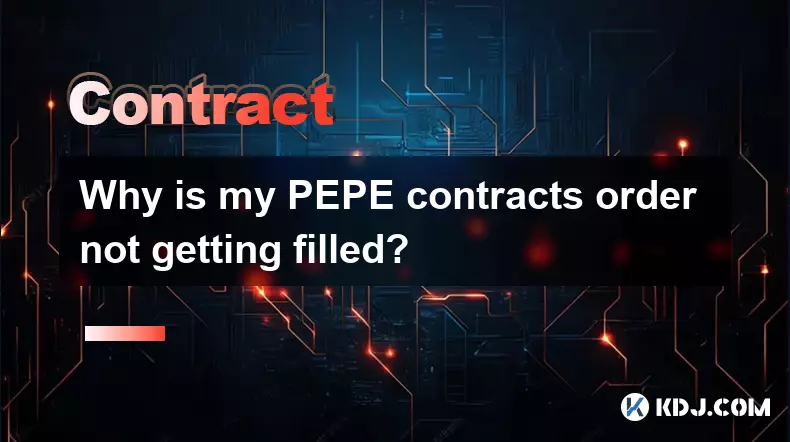
Why is my PEPE contracts order not getting filled?
Oct 12,2025 at 06:01pm
Understanding Liquidity Issues in PEPE Contracts1. Low liquidity is one of the primary reasons a PEPE contract order may not get filled. Many meme-bas...
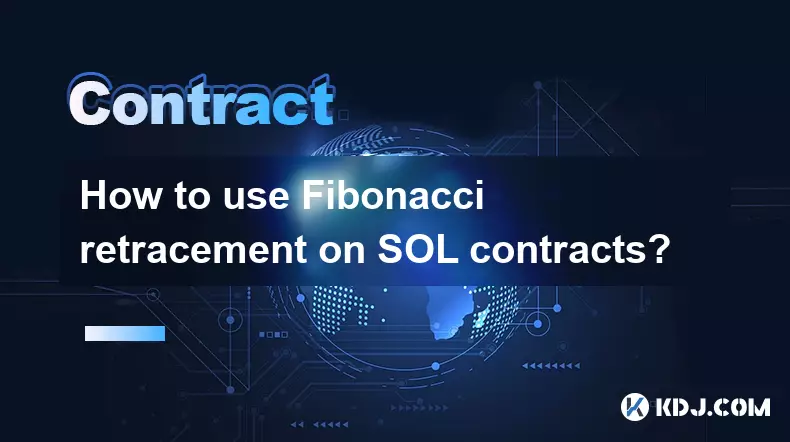
How to use Fibonacci retracement on SOL contracts?
Oct 14,2025 at 02:36pm
Fibonacci Retracement Basics in SOL Trading1. Fibonacci retracement is a technical analysis tool used to identify potential support and resistance lev...

Is it better to trade Dogecoin contracts or spot?
Oct 12,2025 at 04:54pm
Understanding Dogecoin Spot Trading Mechanics1. Spot trading involves the direct purchase and ownership of Dogecoin at the current market price. Trade...

How to calculate the ROI for Ethereum contracts?
Oct 09,2025 at 04:36pm
Understanding Ethereum Contract ROI Basics1. Return on Investment (ROI) for Ethereum contracts begins with tracking the initial capital deployed into ...

How to find arbitrage opportunities between different Bitcoin contracts?
Oct 14,2025 at 11:18pm
Finding Arbitrage Opportunities in Bitcoin Futures Markets1. Monitor price discrepancies across exchanges offering Bitcoin futures contracts. Differen...

What is the best risk-to-reward ratio for XRP contracts?
Oct 11,2025 at 04:18am
Understanding Risk-to-Reward in XRP Futures Trading1. The risk-to-reward ratio is a fundamental metric used by traders to evaluate the potential profi...

Why is my PEPE contracts order not getting filled?
Oct 12,2025 at 06:01pm
Understanding Liquidity Issues in PEPE Contracts1. Low liquidity is one of the primary reasons a PEPE contract order may not get filled. Many meme-bas...

How to use Fibonacci retracement on SOL contracts?
Oct 14,2025 at 02:36pm
Fibonacci Retracement Basics in SOL Trading1. Fibonacci retracement is a technical analysis tool used to identify potential support and resistance lev...

Is it better to trade Dogecoin contracts or spot?
Oct 12,2025 at 04:54pm
Understanding Dogecoin Spot Trading Mechanics1. Spot trading involves the direct purchase and ownership of Dogecoin at the current market price. Trade...
See all articles





















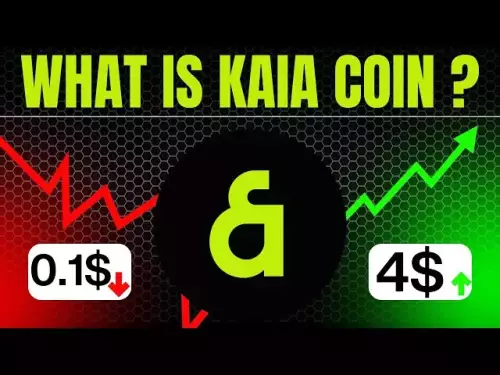

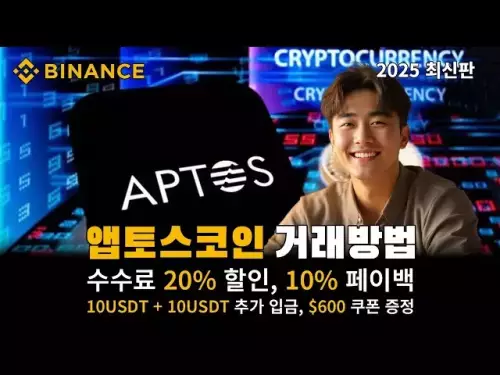


![Staking ATH: How To Stake $ATH in October 2025 with 523% APY — [Step-By-Step Guide] Staking ATH: How To Stake $ATH in October 2025 with 523% APY — [Step-By-Step Guide]](/uploads/2025/10/15/cryptocurrencies-news/videos/staking-ath-stake-ath-october-apy-stepstep-guide/68eef94d80903_image_500_375.webp)















































